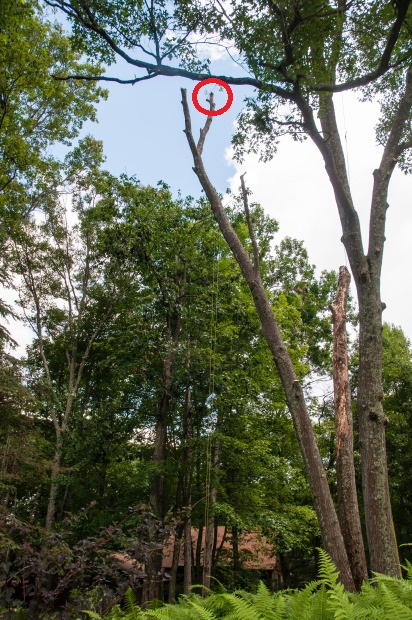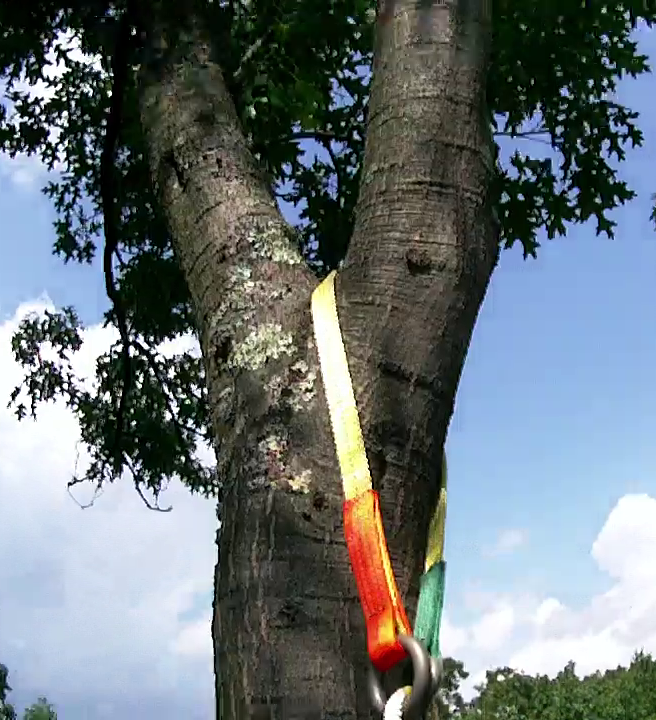MartyMonkey
New Member
- Joined
- Jul 17, 2014
- Messages
- 2
- Reaction score
- 1
Hey, I'm just starting out on my tree climbing and I have this problem where I'm climbing up about 30-40ft. Before I reach the first limb. I freeze up and get really nervous for some reason.[...].
Newish to climbing too, I faced and regularly am facing these same things (the terror, not Dad).
I found it really useful both for my technical knowledge, my vision of future steps, and my nerves to have slow conversations with myself. I'm fortunately not needing to be productive, so I can spend all the time in the world getting it right (and that's important). What exactly do I *want* to happen, what could go wrong, what's another way of doing it... . What is it that you're really freezing about? That you'll plummet to your death? That you'll swing free of the tree and be stuck there, or the like? (I'm assuming you're roped in, not just climbing on spikes and flipline, right?) If so respect your Keep-Me-Alive signal and either reason thru that it won't happen, that it's not even close to the end of the world, or figure out what to do to make it not happen.
And climb a bunch. Go up to the limb and think about it some and come down for the day or until you get the right suchNsuch for the move you need to make. Up and Down. Comfort with the basics and a bit of muscle tone in those recently discovered muscles helps tremendously. You'll be able to perform that crotch pass fresh instead of already spent.
Check every component, position and state, over and over. If you go thru the litany of every single thing that keeps you alive, you'll have convinced yourself anew that you're safe trusting it. Harness? End biner? Rope? Tie In Point? Friction knot and biner? Go back to basics. If you discover today that you're 10' up and didn't check your rig yet, have a conversation with yourself and figure out how that's never going to happen again.
In near hindsight, I see a lot of my early climbs up the same tree were a WHOLE lot more difficult and angstful because I didn't see obvious simple things, like that I could scootch around the other side of the tree to reach the other end of a 2nd lanyard (dooh).
2nd lanyard--Definitely have one. I heard from reading someone around here that a *LONG* 2nd lanyard is a very nice thing to have; they're right!
Practice kicking out??! How about don't and say you did?
The high stress approach of your Dad doesn't seem to be right. Maybe practice with another mentor?







